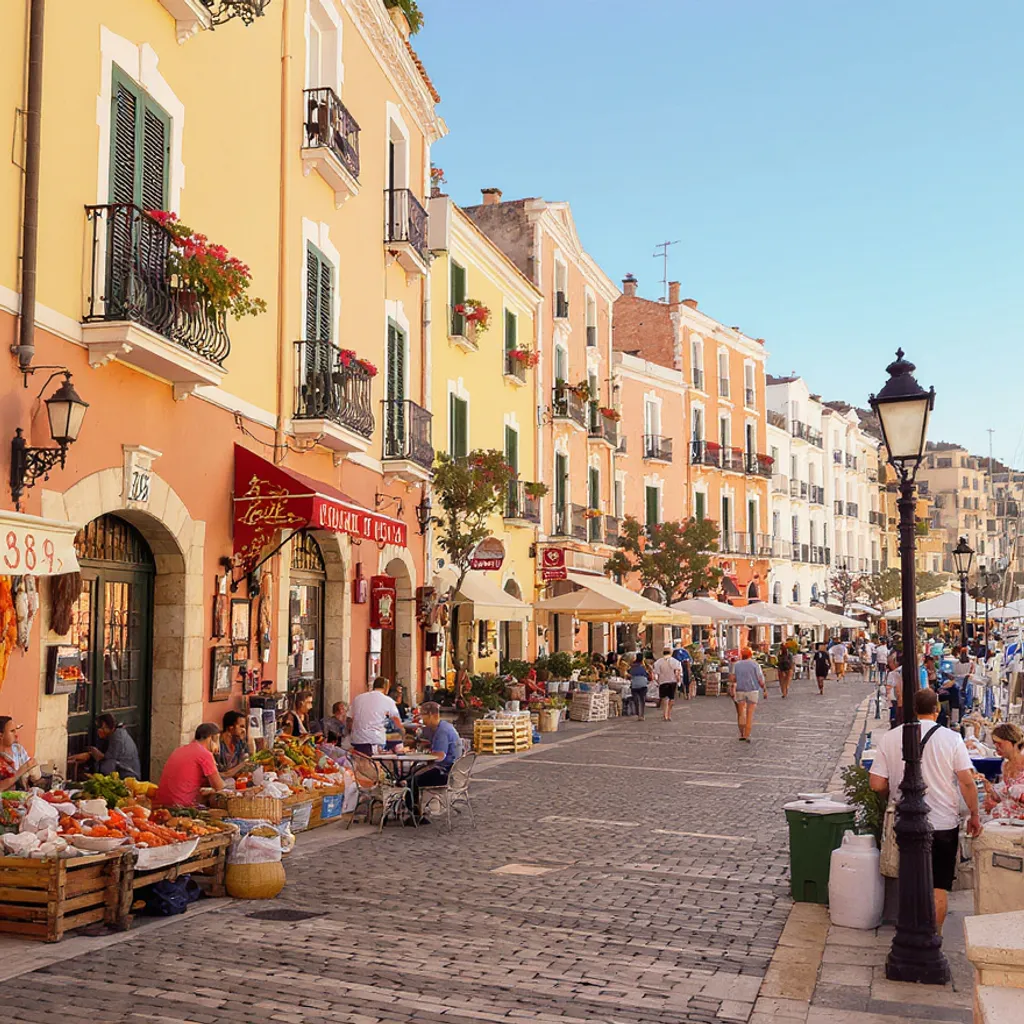Alghero city guide: Coastal history and island ease
Visit Alghero for a compact, seaside city where walkable streets meet living history, and the sea sets the rhythm. Set on the northwest coast of Sardinia, Alghero pairs a fortified old town and narrow lanes with clear water and nearby beaches, making it easy to switch from cultural exploration to sun and swim in a single afternoon. Use this Alghero city guide to plan short stays or longer stays: find seafood restaurants, local wineries, coastal walks and small museums, all within a few minutes on foot. Travel is simple, with a relaxed harbour, frequent ferries and accessible roads, so the city is a practical base for exploring limestone cliffs and rural villages, or for day trips along the Sardinian coast. Expect friendly service, straightforward logistics, and a gentle pace that rewards curiosity.
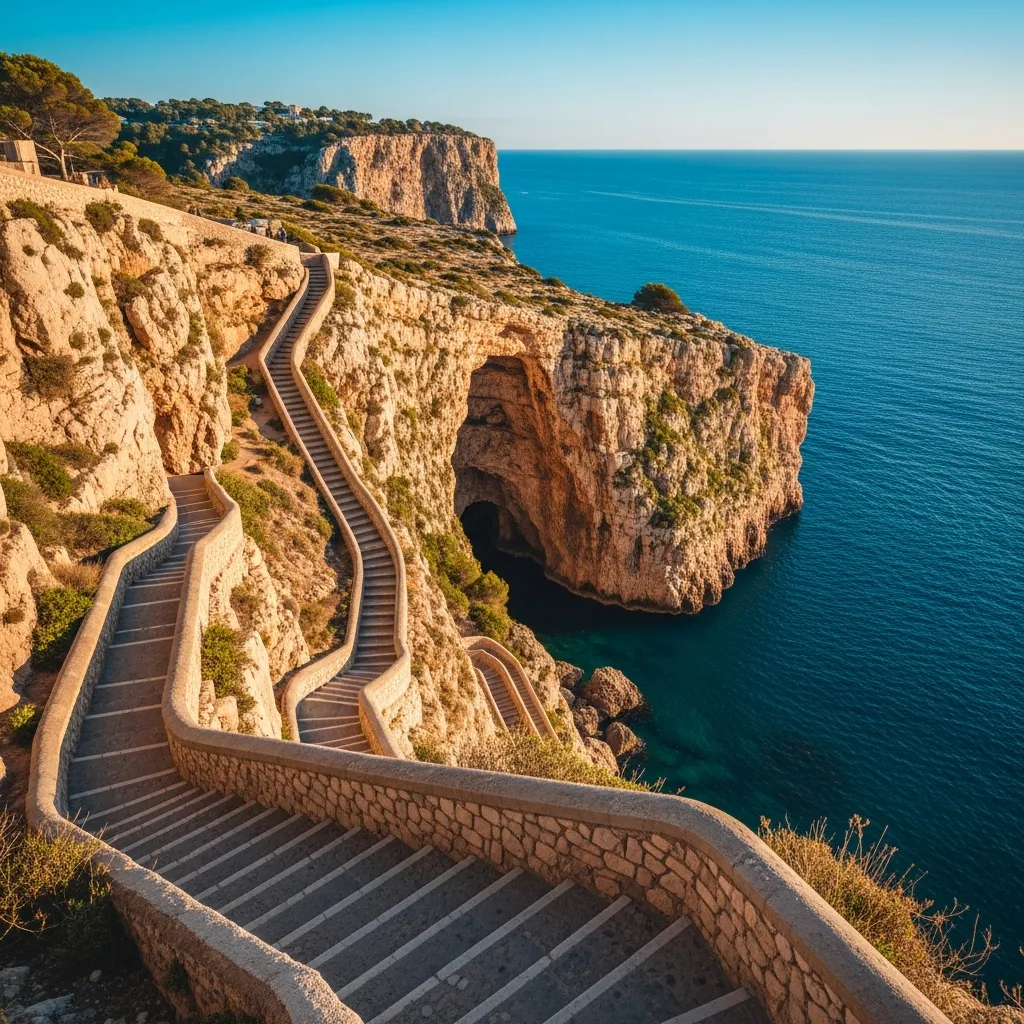
Neptune’s Cave is reached by the Escala del Cabirol, a cliffside staircase of 654 steps, so allow time and energy for the climb back up.
Alghero food and wine experiences
Start with the essentials: where to eat, drink, and shop for local flavour in Alghero. For an elevated evening, book a tasting at Ristorante Da Musciora Danilo Delrio , where inventive plates and careful wine pairings shape a memorable meal. For a cosy, homey dinner with seafood and pasta, try La Piccola Cucina Alghero . Organise cellar visits and private tastings through Sardegna Wine Food to sample regional varieties, or pick up fresh produce and ready meals at Coop if you prefer to picnic by the sea. These options cover special occasions, hands-on wine discovery, and practical market shopping, making it simple to plan meals that match your pace and appetite.
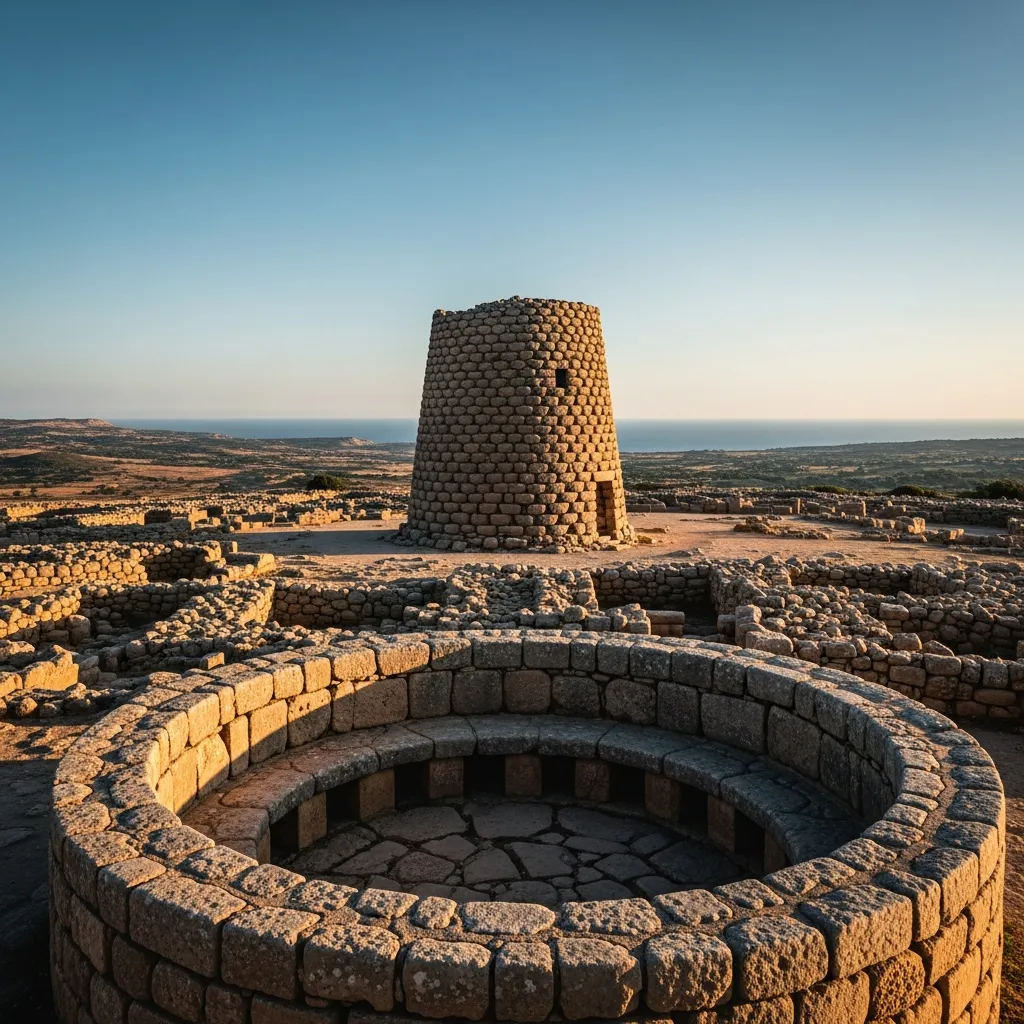
Nuraghe Palmavera’s oldest tower dates to the 15th to 14th centuries BC, and the site includes a circular Meeting Hut edged by a continuous stone bench.
Coastal excursions and local tours
If you want curated days on land and sea, choose experiences that reduce planning and raise discovery. For private coastal days and snorkelling trips to hidden coves, book DRAN Experience for flexible, sea-focused itineraries that often include local food stops. For another personalised approach to Sardinia, try the alternate listing of DRAN Experience which offers similar bespoke adventures. Local walking and cultural tours are handled by guides like Alghero Tours , while Shardana Tours specialises in tailored itineraries and seamless logistics. Together these providers help you get offshore, inland, and into neighbourhoods with minimal fuss, so you spend more time exploring and less time organising.
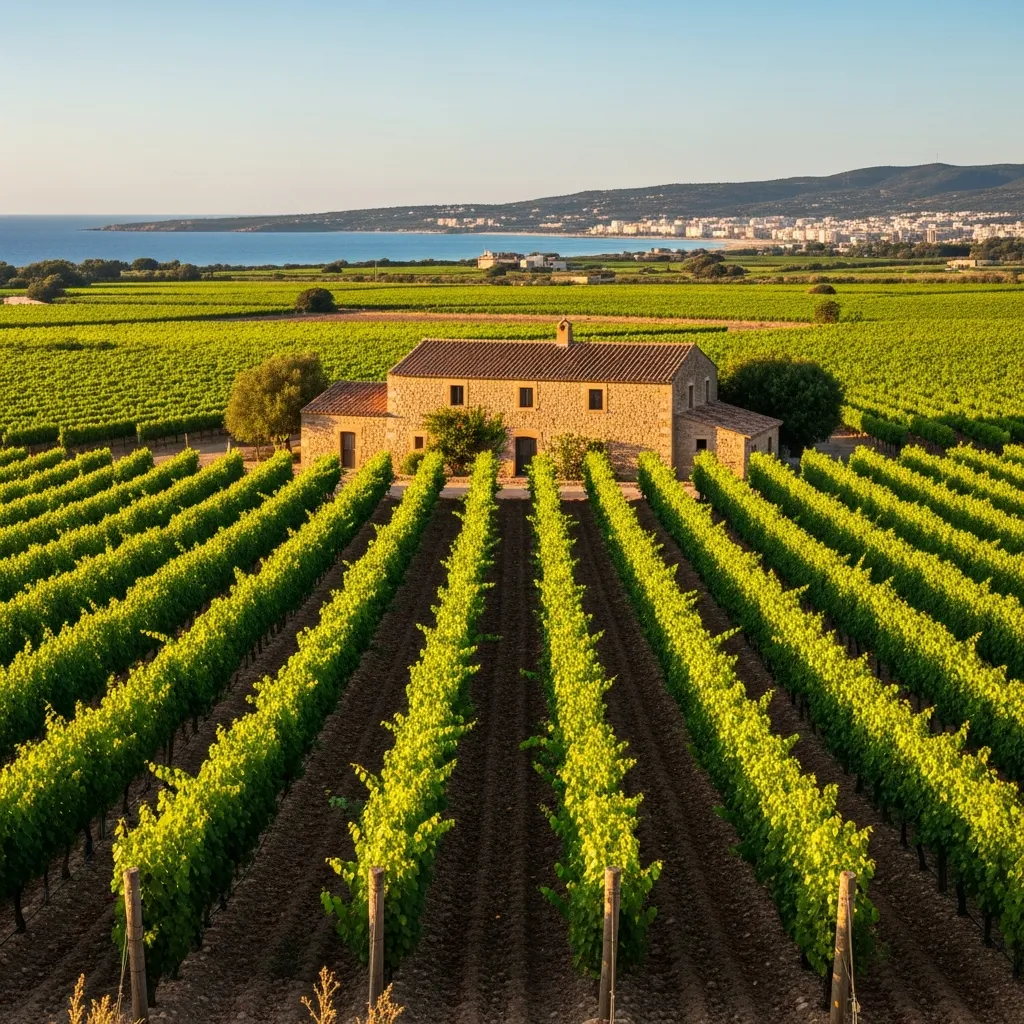
Torbato is grown only around Alghero, and the Alghero DOC Torbato must contain at least 85 percent Torbato.
Historic museums and city monuments
For a compact cultural loop that explains Alghero’s identity, combine museum visits with monuments and lively squares. See the island’s coral heritage at the Coral Museum , and encounter the same collection and context at the second listing of the Coral Museum , both handy for a short, informative stop. Off the beaten track, the defensive past comes alive at St. John Tower , while the city’s linguistic pride is visible at Monument a la Unitat de la Llengua . Pause for reflection at the Monumento ai Caduti – Monument als Caiguts , then finish with sunset people-watching in Piazza Sulis Alghero . These stops map a clear, walkable route through Alghero’s story.
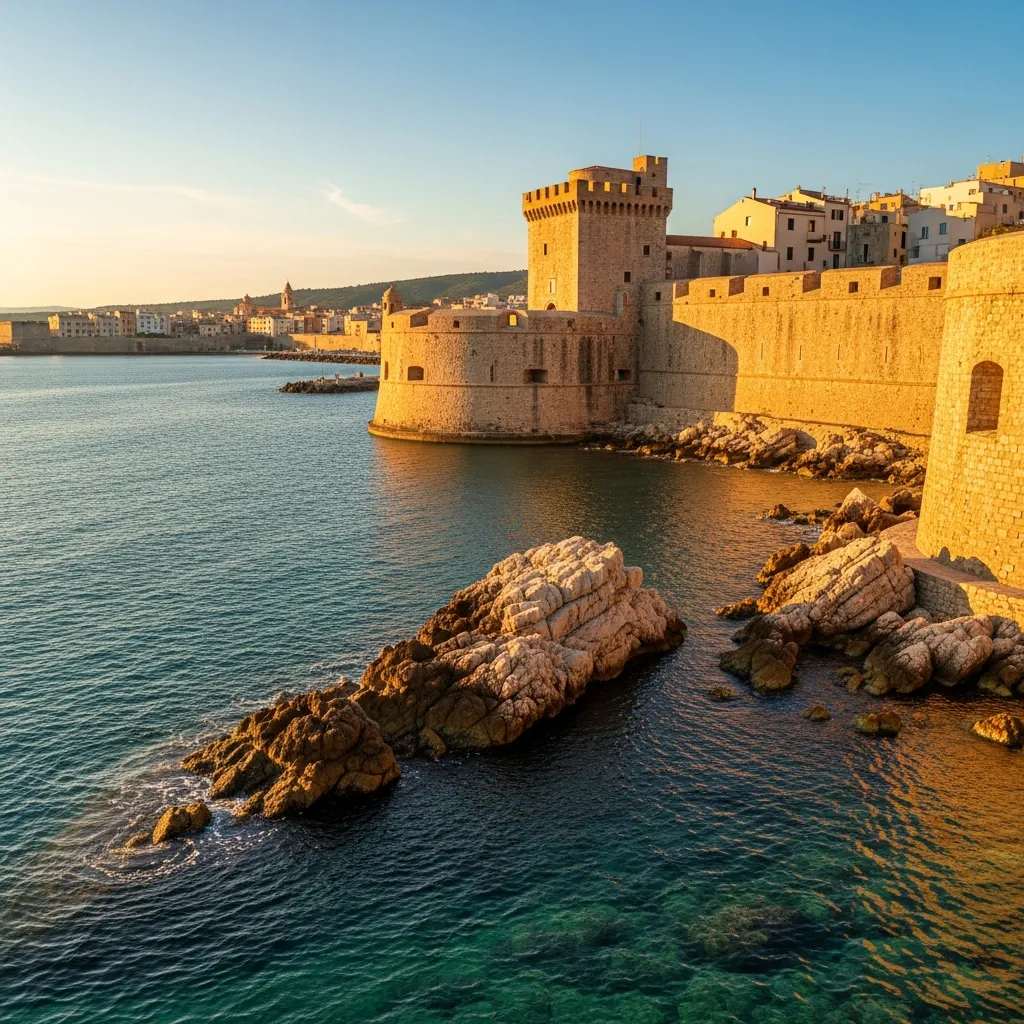
From 7 February 2025 the municipality began heading official acts in both Algherese Catalan and Italian, a visible nod to the city’s Catalan heritage.

